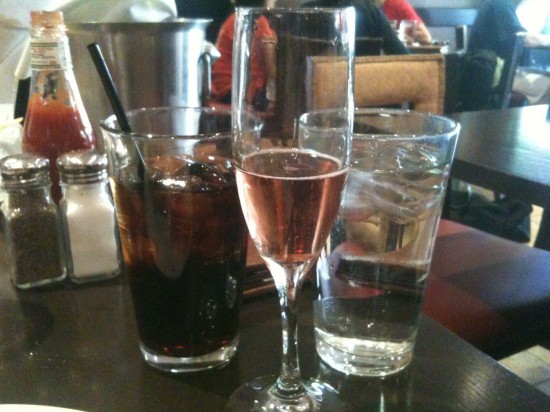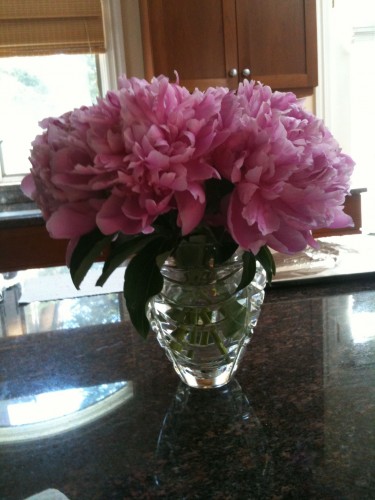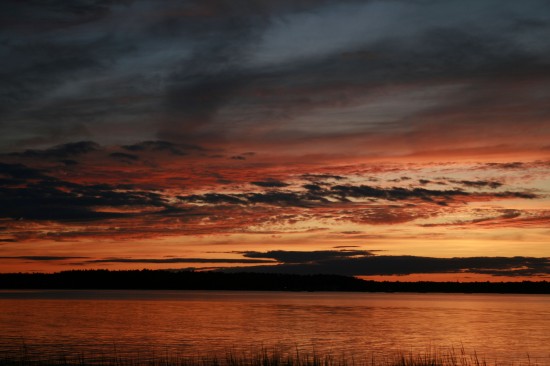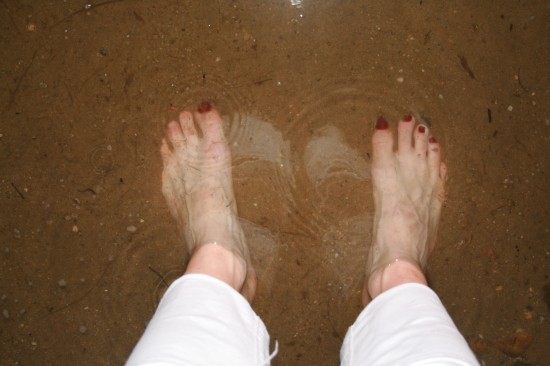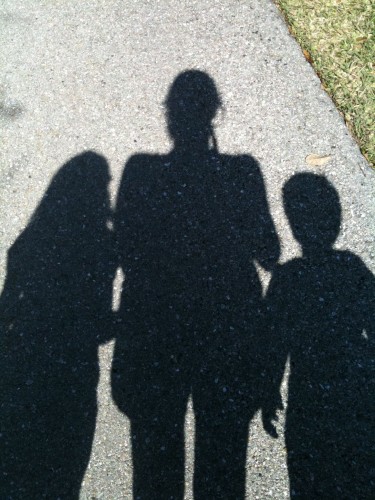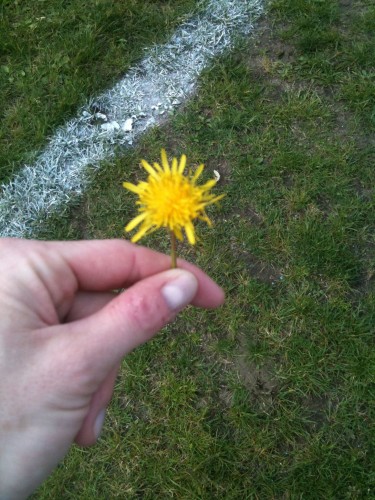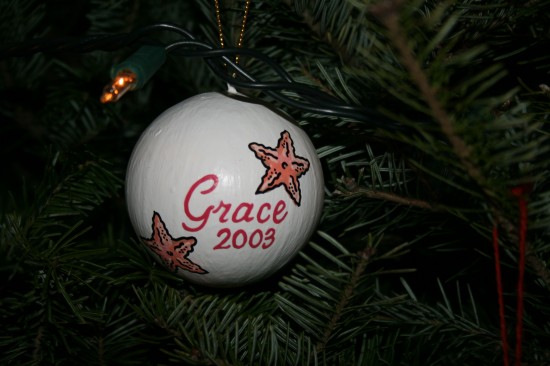The fabric of my life is woven through with departures. There are big ones, whose nubs are visible on the surface of my life, and smaller ones, the thread of which just glint when you turn the fabric this way and that. Like the samskaras that Dani Shapiro so eloquently talks about in Devotion, these departures remain within me, hard little kernels of sadness that the rest of my experience flows around, but not undisturbed.
In the first big departure of my life I was the one who left. My family moved to London in January of my 7th grade year (incidentally, not timing that I would particularly recommend). I will never forget the evening that my parents told me, driving me home from my 6th grade graduation dance in the late-fading light of an early June evening. How could I forget? That was the night I realized how small I was. It was concrete proof that I was not absolutely in control of my life.
It took me another 20 years, however, to realize that the right response to this slap in the face about my lack of control wasn’t actually to try to control everything. For those 20 years I gritted my teeth, clenched my fists, and exerted untold amounts of energy thinking – hoping? – that through sheer force of will I could bend the world to the shape I wanted it to be in.
That departure was deeply destabilizing for me. It ruptured irrevocably the life I’d assumed would unfurl in front of me like a bolt of fabric rolling out. Even though I was the one doing the leaving, I was powerless and the deep tectonic instability that that represented has reverberated through my ability to feel secure ever since. Of course there were enormous riches that came from the move to London, of course, of course. I am grateful, and think often of the unique experiences I had during those years. But there were also ramifications in my spirit, not all easy, that I am still sifting through, and it is they are on my mind tonight.
In the second major departure that formed me I was the one who was left. The first man I ever loved (and it’s a short list!) moved to Asia, and I was left behind. While I intellectually understood his reasoning, even admired his wanderlust and adventurous spirit, emotionally I was devastated, rocked by further evidence that I really couldn’t count on anything or anyone. It took me years to understand that my panicky fear of abandonment was rooted in some ways in this original experience. To this day, I have a deep fear of being left behind, that those I love most will up and leave, and that I will be powerless to stop the departure.
Clearly, all of these departures were followed by arrivals, hellos, new beginnings. The ways that loss folds into life and then back again into loss in the world’s most complicated and ever-shifting piece of origami continue to amaze me. All of these events, as unpleasant as they were in the moment, and as long-lasting their ambivalent echoes have been, contributed to bring me to where I am now. I think often of Theodore Roethke’s lines,
I wake to sleep, and take my waking slow.
I feel my fate in what I cannot fear.
I learn by going where I have to go.
It is a comfort, certainly, to believe that all of this leaving and being left that haunts my relationships and life now was in service of both fate and continued learning. That doesn’t mean there isn’t pain, though, or sadness. That doesn’t mean I don’t miss people, and regret some goodbyes, both made and received. I wish, like Roethke, I could not fear this going where I have to go. The truth is, though, I often fear it frantically, find myself scrabbling to keep the change or goodbye at bay. Hopefully in the afternoon of my life (Carl Jung) I can learn the acceptance that pervades Roethke’s words, feel the peace that I am going where I have to go.


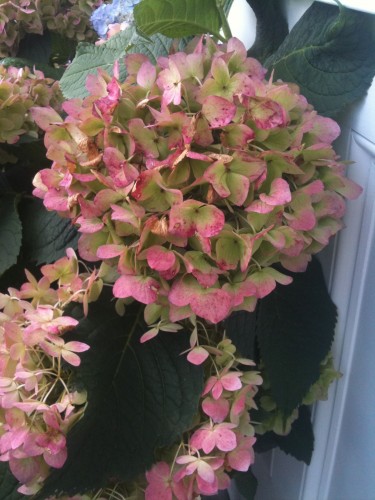
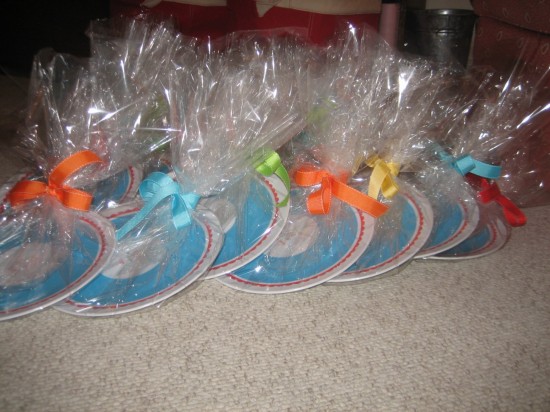 Sparkling rose, Diet Coke, and water, all lined up, at a celebratory lunch with
Sparkling rose, Diet Coke, and water, all lined up, at a celebratory lunch with 